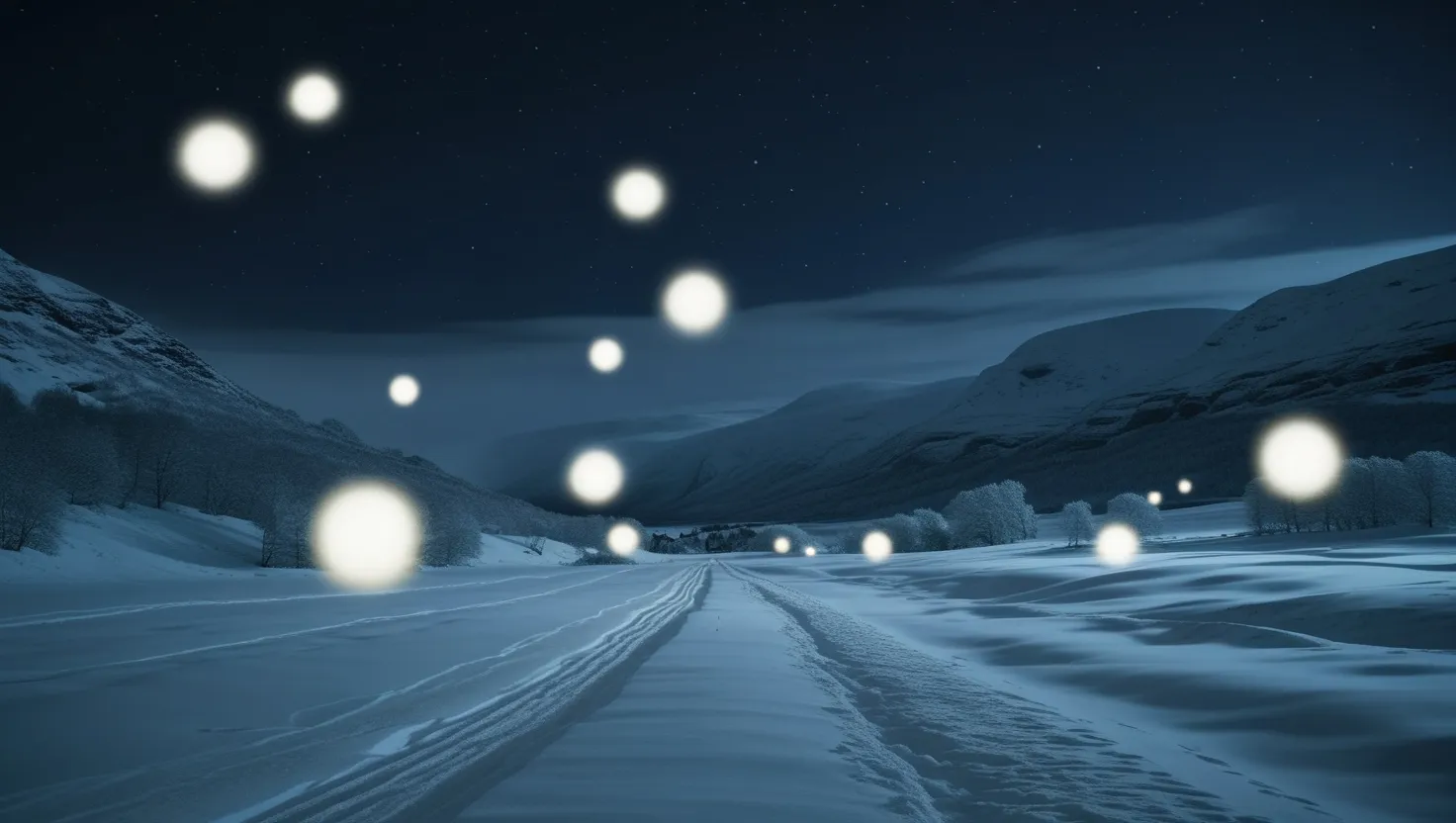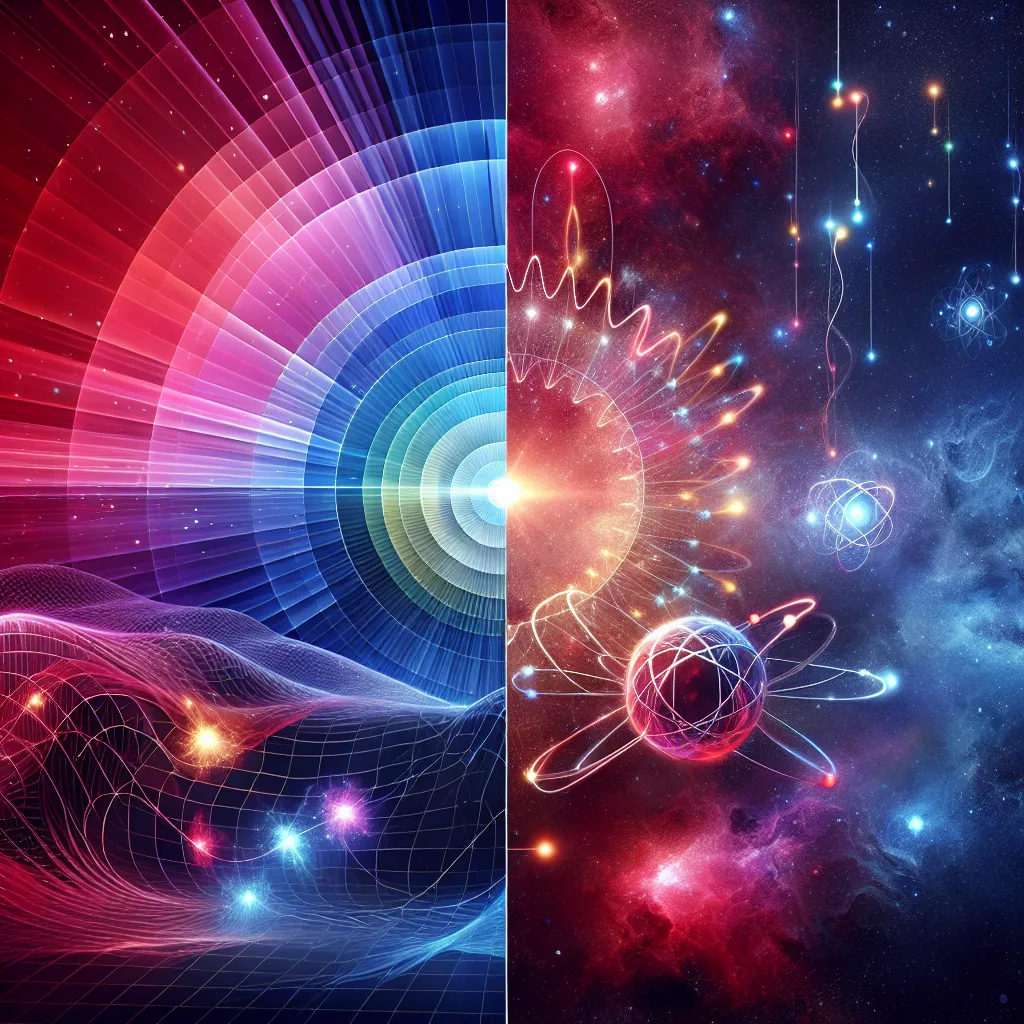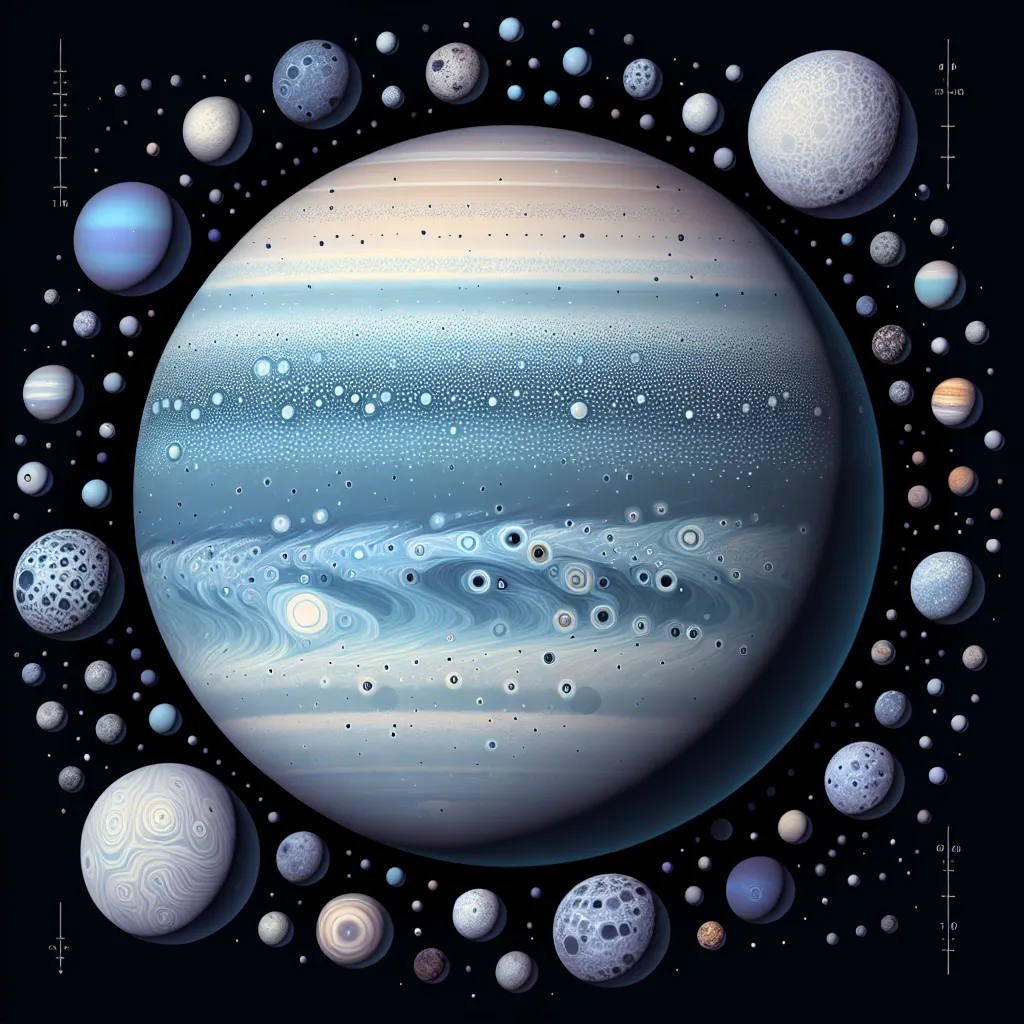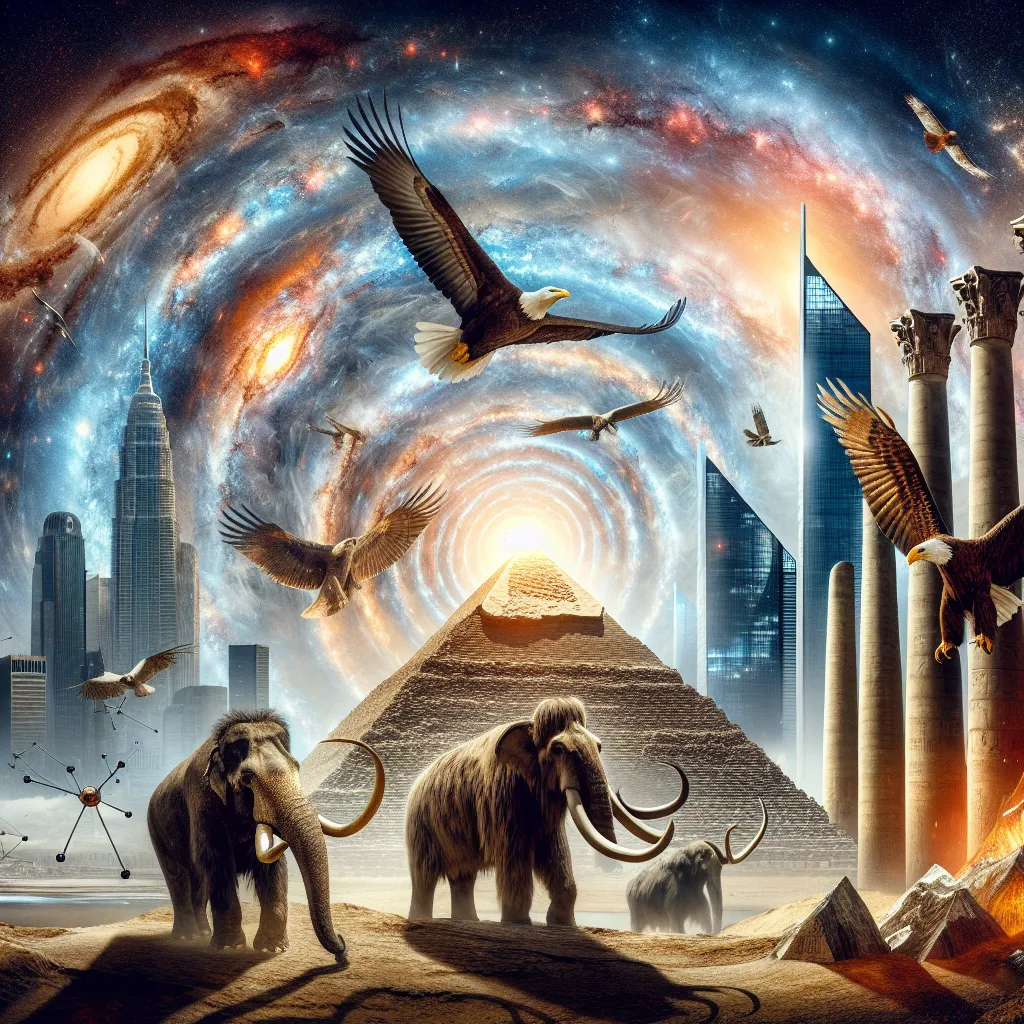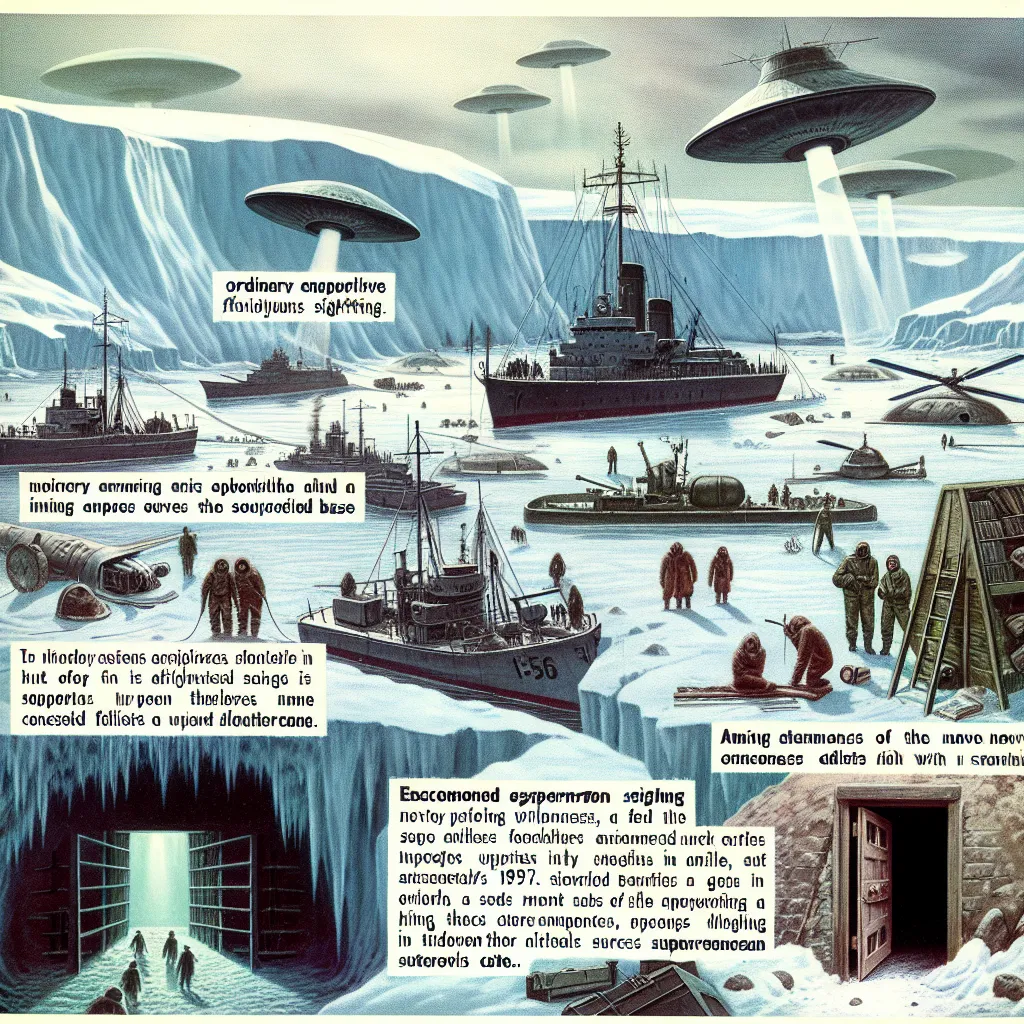Imagine staring across a quiet, snow-dusted valley in Norway. The night is inky, the air still, and suddenly—there it is: a glowing orb, hanging motionless over the landscape, pulsing softly. Maybe it drifts, maybe it darts with impossible speed, or maybe it splits into smaller spheres that wink out one by one. If you haven’t heard of Hessdalen, you might think this is a story from folklore or a tall tale spun for tourists. But the Hessdalen Lights are real—documented, measured, and captured on film for decades—defying all the tidy boxes that science likes to use.
What’s remarkable isn’t only that these lights exist, but that repeated attempts to pin down their cause have only multiplied the mysteries. Locals have watched these orbs flash and dance for over a century, and before them, generations of the indigenous Sami people described similar happenings in their oral traditions. During World War II, Allied pilots—some of the most observant eyewitnesses—reported strange “foo fighters” near Hessdalen, adding a layer of historical credibility to the phenomenon. But despite international scientific attention, the lights remain stubbornly beyond full explanation.
Let’s challenge ourselves: why do we assume every light in the sky is a distant planet, a drone, or a bit of weather gone odd? What if the lights of Hessdalen are asking us to rethink the basic rules?
“Not everything that counts can be counted, and not everything that can be counted counts.”
—Albert Einstein
Most people, when they first see the Hessdalen lights, reach instinctively for the familiar. Spheres of light? It must be car headlights, reflected moonbeams, or maybe lightning in disguise. But researchers quickly ruled those out. The Hessdalen Automatic Measurement Station, which has run for decades, can spot every commercial plane, car, and animal in the valley. Witnesses are often seasoned locals, accustomed to what’s normal. The lights hover for minutes—or hours, far longer than ball lightning. Their colors—whites, yellows, blazing reds—shift unpredictably. Sometimes, the lights act like they’re alive: splitting, merging, fading, and then flaring up again.
If you’re thinking about plasma, you’re in good company. That’s the leading candidate—plasma, the state of matter that gives us auroras and lightning, where gas is energized until it glows. But there’s a snag: what keeps these lights from quickly fading away? Known forms of plasma cool off, collapse, or shoot downward. The Hessdalen orbs can hover, drift, or move with a precision that almost seems calculated, and far longer than plasma should survive. When scientists analyzed their spectra, they found chemical signatures—hydrogen and oxygen, yes, but also silicon and scandium, metals not typically seen floating in the air. Where is all that material coming from?
The geology of Hessdalen is extraordinary. This isn’t just a pretty valley. Beneath the surface lies a stew rich in zinc, iron, and quartz, with odd patches of scandium—an element used in aerospace manufacturing, extremely rare elsewhere on Earth. Some theorists suspect the valley itself might behave like a gigantic battery. Water flowing through the mineral-rich ground could set up chemical gradients, storing energy and perhaps—under just the right circumstances—releasing it as luminous plasma. Could the rocks themselves, under stress from tectonic shifts, be exhaling energy into the sky?
When we think about electricity in rocks, it feels almost magical, but the piezoelectric effect is well known: squeeze certain crystals, like quartz, and they generate an electric charge. Earthquakes release these forces on vast scales, but in Hessdalen, even the everyday shifting of the ground might be enough to cause minor sparks. Still, the area isn’t exactly shaking with seismic activity. If there are stresses, they’re subtle ones—hard to detect, but perhaps enough to produce visible light, given the valley’s particular blend of minerals and moisture.
“Somewhere, something incredible is waiting to be known.”
—Carl Sagan
If the plasma and piezoelectric explanations feel a little unsatisfying, that’s because they are. Neither one fully accounts for the lights’ longevity, structure, or behavior. When researchers tried to model these processes in the lab, their results fell short. Laboratory plasmas die out fast or spread apart, but the Hessdalen orbs sometimes exhibit a curious “group intelligence”—forming clusters, orbiting around invisible centers, or even maintaining geometric patterns. Video footage has shown balls joining together and then splitting without any obvious energy input. Some lights have even been observed sinking into the ground, vanishing as if absorbed by the earth itself.
Do we have to accept that our physical models are incomplete here? Perhaps. Some physicists suggest exotic ideas—novel atmospheric ionization, or even cluster formations like Coulomb crystals, where dust and gas are locked together by electrical forces in ways rarely seen in nature. There are even whispers of “quantum coherence” at play, hinting that the interplay of quantum effects and macro-scale phenomena might be responsible.
One fascinating aspect: the spectrum of the Hessdalen Lights often shows signatures of radon decay. Radon, a radioactive gas seeping from underground, continuously produces alpha particles. These highly energetic particles could ionize the local air and dust, especially if the dust is laced with metallic elements. There’s evidence that this mixture might create a sort of “dusty plasma”—a structure seen on the edge of experimental physics. Some researchers have even detected short bursts of radioactivity near light sightings, adding yet another puzzle piece.
Now, imagine for a moment that you could stand in Hessdalen with a spectrometer in hand. You might find, as some have, not just hydrogen and oxygen, but also traces of scandium, silicon, and titanium—elements usually locked in the earth, somehow present in the sky. Why would so much scandium, rare in most places, be hanging in the air? Could it act as a unique catalyst, helping to stabilize plasma in ways that we’ve never replicated in the lab?
Let’s keep questioning: if standard plasmas can’t last this long, split and merge, or pulse rhythmically, are we missing a critical piece of the puzzle? Are we perhaps watching a phenomenon that sits at the intersection of geology, chemistry, and physics—one where all three sciences must work together, yet none can fully explain it on its own?
“The most beautiful thing we can experience is the mysterious. It is the source of all true art and science.”
—Albert Einstein
Locals, researchers, and visitors alike report odd things beyond the lights themselves: sudden drops in temperature, fluctuations in local magnetic fields, and radio wave distortions. Sometimes, these effects happen just before a light appears, as if the area is priming itself for the event. It’s almost as if the landscape is breathing these orbs into existence, one shimmering anomaly at a time.
Every once in a while, HAMS—the valley’s 24/7 scientific sentinel—captures something even odder: rhythmic pulses, regular as a heartbeat, from lights that hang motionless in the sky. Other times, shapes flicker across the valley, clustering in groups before fading away. The data is robust, but analysis leads to more questions than answers. It’s easy to see why some researchers refer to Hessdalen as a natural laboratory for the weird, as if a small patch of the Earth occasionally slips its tether to known physics.
Are the Hessdalen Lights a natural form of energy we simply haven’t learned to harness? Or are they a reminder of how much remains unpredictable and strange, even after centuries of scientific progress? If the Earth can emit energy in this form—brief, luminous, structured—where else might this happen? Could similar phenomena be behind lights seen in other parts of the world? How many other valleys, ridges, or forests are quietly glowing, waiting for someone to notice?
In the end, the Hessdalen Lights aren’t just a puzzle for physicists and chemists; they’re an invitation to stay curious, to admit that there are still patches of knowledge missing from our maps. Each sighting is a challenge: look harder, measure more, think differently. The next time you see a strange light in the sky, resist the urge to reach for the nearest explanation. Sometimes, the most valuable thing we can do is admit what we don’t know.
If you found yourself in that dark Norwegian valley tonight, would you try to explain the lights, or would you simply watch, letting the mystery work its quiet spell? The decision, perhaps, is at the very heart of scientific discovery—equal parts observation and wonder.
“We are not to deny the unknown, but to pursue it with humility and awe.”
—Richard Feynman
